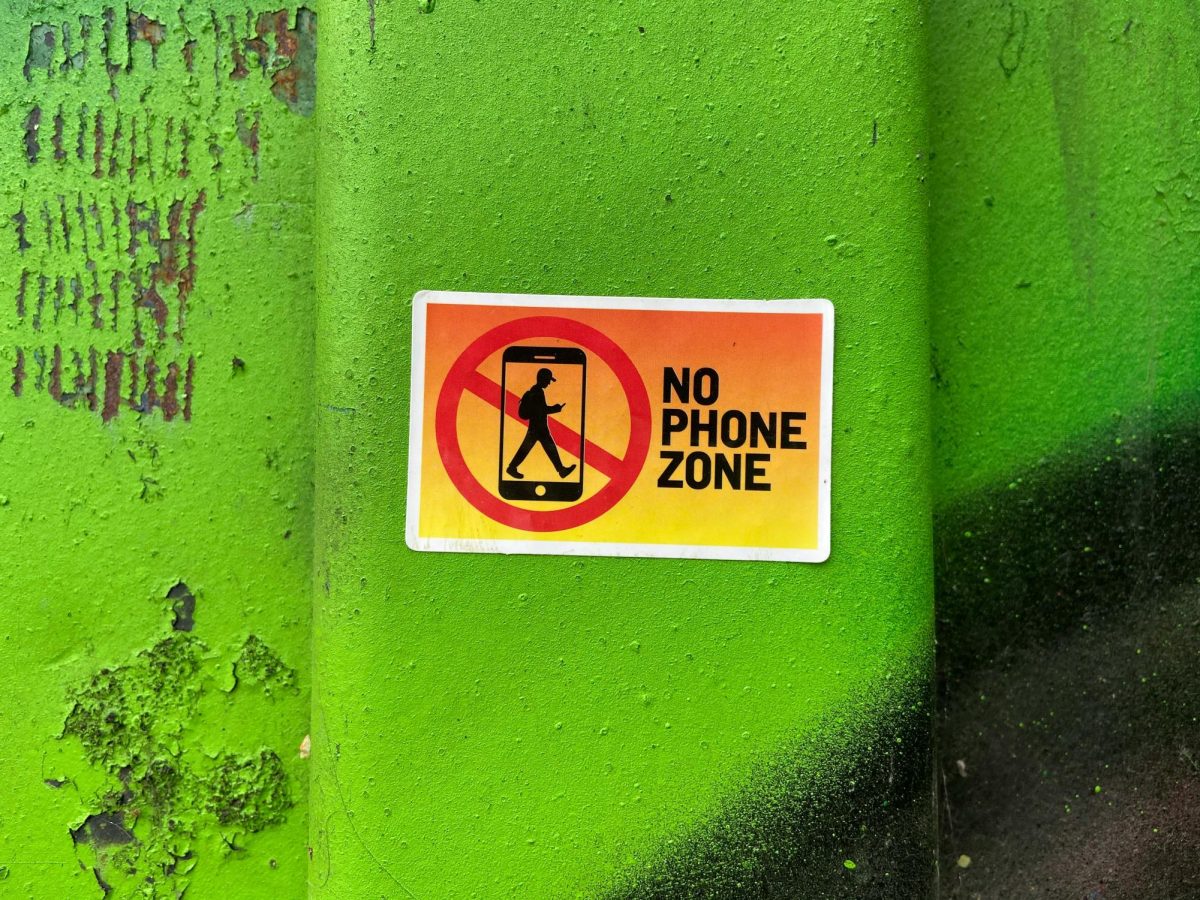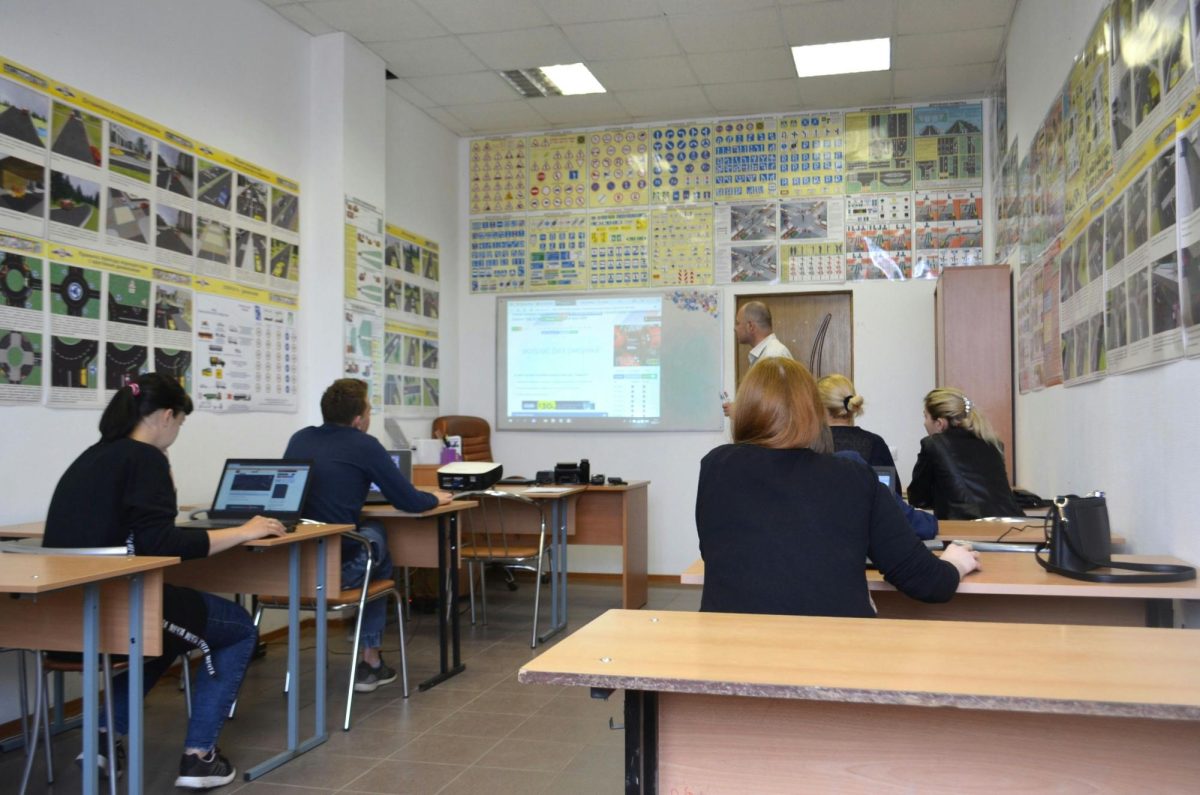Since his first campaign, President-elect Donald Trump has built a large part of his platform on border security. In 2016, he proclaimed his plans to build a border wall, which he began in his first term and intends to continue. In 2024, he incorrectly labeled Vice President Harris as the Biden administration’s ‘border czar,’ claiming that she and President Biden had failed to control the issue of illegal immigration.
These criticisms, along with the U.S.’ economic troubles and foreign policy chaos, have won Trump a second term in office. If his campaign promises are any indication, he plans to return to the White House with an even bolder policy.
Spearheading the Trump administration’s immigration management will be Tom Homan, former ICE director and official who began his work during the Obama administration. Known for his blunt speech and hardline policy, he stated that “they [the country] ain’t seen **** yet, wait until 2025,” when asked about his future work with Trump.
Homan is well known for his zero-tolerance policy at the border, which orders immediate prosecution of anyone found crossing illegally. This operation was criticized for forcibly removing children from their parents’ custody until Trump signed an order ending family separations in 2018. Homan has continued to defend these family separations regardless, so it is unclear what Trump will allow in his second term.
Meanwhile, their focus appears to be on mass deportations, where they will utilize a ‘worst first’ approach— initially targeting criminals and any determined threats to security before other illegal immigrants. However, this system may also include forced removal of undocumented workers, temporary workers and migrants who have recently crossed the border. Though Homan has promised a “humane” operation, he nonetheless plans to reinstate workplace arrests, and Trump has promised the largest mass deportation in American history.
Economists predict that this deportation will have catastrophic effects on the housing, agriculture and construction industries; but Trump has recently commented that he has plans to bring more businesses into the country, and make up for the potential loss of GDP (an estimated 1.1 to 1.7 trillion dollars).
Also on the workplace front, Trump is poised to significantly limit the granting of H-1B visas, or guest specialty employment visas. During his first term, he attempted to pass an order restricting the accessibility and approval of H-1B applications, but the order was blocked by a judge. The Biden administration is in the process of drafting a similar order, but could very well run out of time, and leave it to be shaped by Trump’s preferences. However, both of these drafts included requirements that H-1B employees have a specialized degree for the field that they are hired into. The majority of American-born employees do not have specialized degrees for their fields, especially in the field of technology.
In his last term, Trump also attempted to price H-1B visa holders out of employment, by requiring that foreign-born workers be paid 40-100% more than American workers. This measure also failed to be passed during Trump’s first term, but could be a possibility in 2025. Even if not in its original form, Trump has consistently preached a ‘Buy American, Hire American’ approach, and will surely find ways to enforce it.
On the campaign trail, he has spoken about his plans to lower legal immigration quotas and potentially reinstate his COVID-era ‘Muslim ban.’ In addition, Trump plans to make asylum more selective, tightening requirements and limiting numbers. He formerly endorsed the failed RAISE Act, which proposed halving legal immigration numbers, and lowering the amount of green cards issued.
In the end, Trump was unable to complete his signature border wall before President Biden took office in 2021. Thus, the President-elect has cited unfinished business in many sectors of government, particularly in the field of immigration policy. It’s difficult to gauge how successful his new measures will be, but his plans have been made clear.









